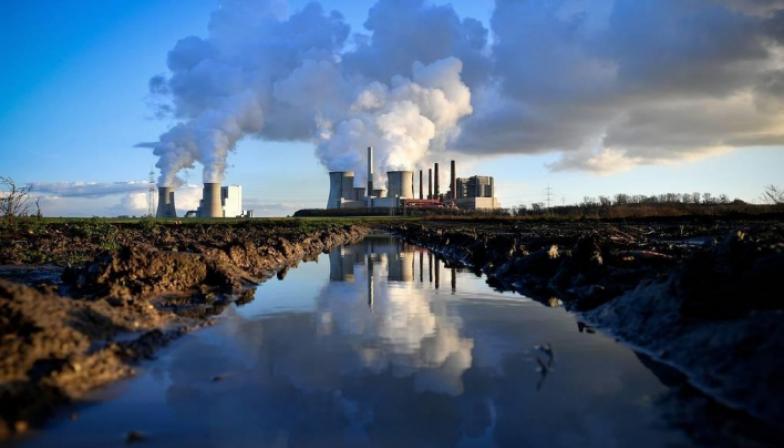Japan is committed to accelerating technological innovation for hydrogen-based steel production to help the country's steel industry catch up with the global one and take the lead in the growing green steel market.
Today, the Ministry of Trade and Industry (Meti) has proposed a plan to achieve significant reductions in carbon dioxide (CO2) emissions through the use of hydrogen-based steelmaking technologies and direct reduction iron (DRI) technologies. Meti plans to subsidize technological innovation in such steelmaking processes using a portion of a ¥ 2 trillion ($ 18.1bn) government fund set up to back up green innovation projects over the next 10 years as part of efforts to decarbonize its society by 2050.
According to the plan, Meti wants the steel industry to begin commercializing the steelmaking technology developed under the Course 50 project by 2030, using hydrogen-containing gas in a blast furnace (blast furnace) to accelerate hydrogen recovery. Launched in 2008 in Japanese steel mills, Course 50 has proven the ability to reduce CO2 emissions by 30% in steelmaking in a 12m³ test blast furnace by combining hydrogen-containing coke oven gas technology as a reducing agent and technology for high-efficiency production. -effective CO2 separation and regeneration from blast furnace gas.
The ministry aims to commercialize the technology in at least one large blast furnace with an internal volume of 5000 m³ by 2030. There are 14 blast furnaces in Japan with an internal volume of over 5000 m³.
Meti is also encouraging the industry to develop hydrogen recovery steelmaking technology to reduce CO2 emissions by 50%, either by directly injecting hydrogen into a working blast furnace and replacing some of the coke with biomass or DRI, or by using methane synthesized from hydrogen and recovered CO2 in gas quality. Reducing agent. The Ministry plans to implement a technology demonstration project on a test blast furnace with a volume of more than 500 m³ by 2030.
The steel industry is the largest CO2 emitter of manufacturing in Japan, accounting for 40% of CO2 emissions from energy-derived production for a total of 386 Mt from April 2019 to March 2020.
Under the proposed plan, Meti plans to test the baseline technology by 2030 to use a direct iron reduction process using hydrogen and achieve a 50% reduction in CO2 emissions compared to traditional blast furnace steelmaking. He also wants to develop technology to control impurities in direct reduction electric arc furnace (EAF) steel by 2030, as part of efforts to further exploit high-quality steel production opportunities in Japanese steel mills that meet demand, in particular from automobiles. manufacturing industry.
Japanese steel mills are exploring options for moving to greener steel production as the industry has committed to decarbonize by 2050. Japan's largest steel mill, Nippon Steel, plans to investigate a large-scale electric arc furnace and the use of hydrogen as part of an effort to reach its 2050 decarbonization target.
JFE Steel is working to develop a technology for using synthetic methane in blast furnaces as a reducing agent, while investigating the process of making pig iron using ferrocoke. Kobe Steel is also working to validate CO2 reduction technology using a direct recovery after recovery process developed by its US subsidiary Midrex.
Steel production in Japan in 2020-2021 fell to its lowest level in 52 years at 82.8 million tonnes, under pressure from falling production demand due to the impact of Covid-19. The industry is one of the biggest proponents of nuclear power, repeatedly calling on the government to cap electricity prices as the industry struggles to expand its use of hydrogen and decarbonization.



